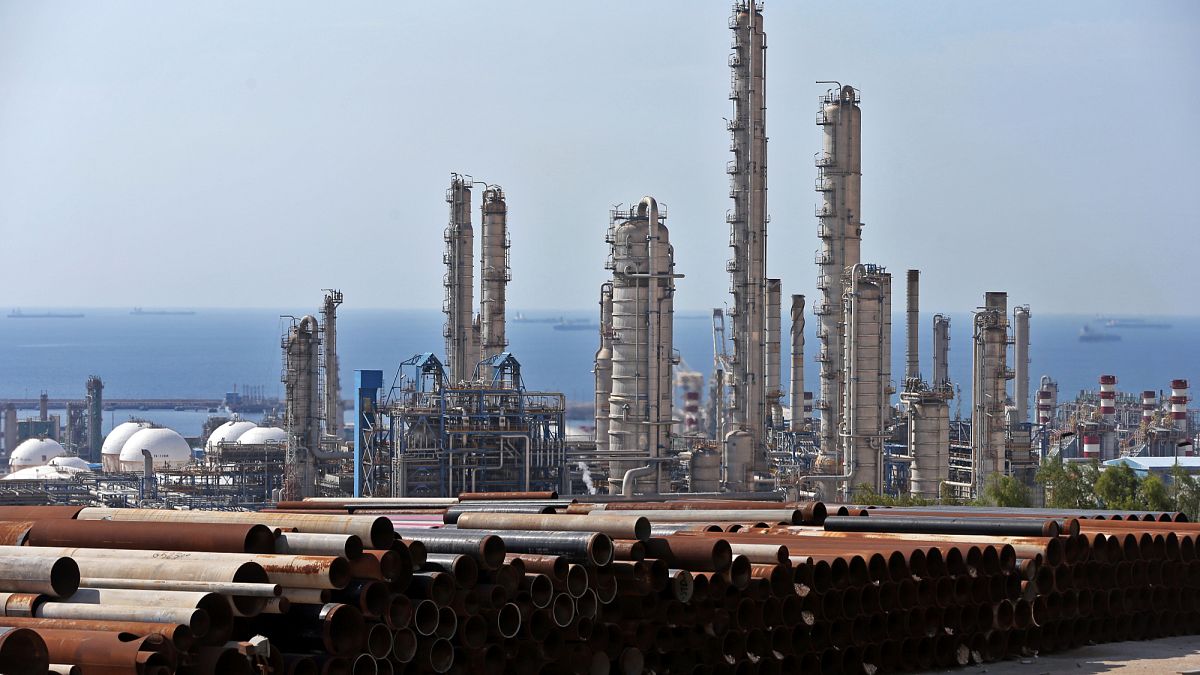The flare-up of tensions between Israel and Iran has reignited concerns over the security of the Strait of Hormuz, a vital artery for the global energy market.
This narrow stretch of water, just 29 nautical miles wide at its tightest point, funnels nearly a third of the world’s seaborne oil and a fifth of global LNG.
The U.S. Energy Information Administration (EIA) calls it the “world’s most important oil chokepoint,” underlining the strategic importance of the passage that links the Persian Gulf with the Gulf of Oman and the Arabian Sea.
Investors and analysts are weighing the implications of a potential disruption in this narrow but critical waterway. What happens if the Strait of Hormuz is suddenly sealed off?
Why is the Strait of Hormuz crucial for global energy market?
Following Israeli attacks on Iran, Iranian officials have raised the spectre of closing the Strait—triggering a sharp surge in crude prices.
According to the International Energy Agency (IEA), around 20 million barrels per day (mb/d) of crude oil and refined products passed through the Strait of Hormuz in 2023, representing nearly 30% of total global oil trade.
Most of this volume—around 70%—was bound for Asia, with China, India and Japan among the largest recipients.
While alternative pipeline infrastructure exists, it is limited. The IEA estimates that only 4.2 mb/d of crude oil can be rerouted via overland routes, such as Saudi Arabia’s East-West pipeline to the Red Sea and the UAE’s Abu Dhabi Crude Oil Pipeline to Fujairah. This capacity represents barely one quarter of the typical daily volume transiting the Strait.
“Any prolonged crisis in the Strait of Hormuz would not only disrupt shipments from key Gulf producers—Saudi Arabia, the UAE, Kuwait, Iraq and Qatar—but also make inaccessible the majority of the world’s spare production capacity, which is concentrated in the Persian Gulf,” the IEA warned in a report.
LNG markets are even more exposed to potential disruptions. All LNG exports from Qatar—the world’s second-largest LNG exporter—and the UAE must pass through the Strait. The IEA reports that 90 billion cubic metres (bcm) of LNG transited the Strait in the first ten months of 2023, equal to 20% of global LNG trade.
With no viable alternative routes for LNG exports from Qatar or the UAE, any maritime closure would severely tighten global supply. Around 80% of these LNG volumes are destined for Asia, while Europe receives roughly 20%, meaning disruptions would exacerbate competition between regions, especially in a tight market.
“The sheer volume of oil passing through the Strait and the scarcity of alternative routes means even brief disruptions would have significant consequences for the global market,” the IEA stated.
How far could oil rise if Strait of Hormuz is blocked?
While a full closure remains a low-probability scenario, analysts agree that the threat alone is enough to inject volatility into energy markets.
Crude oil prices surged by 13% last week amid escalating tensions between Israel and Iran. Although prices have since eased slightly after reports confirmed that Iranian energy infrastructure remained untouched by Israeli strikes, the risk of further escalation—and potential disruption to global energy flows—remains elevated.
In response, Wall Street analysts have been quick to assess the possible fallout from any interruption of oil and gas shipments through the Persian Gulf, particularly the Strait of Hormuz.
Goldman Sachs warned that an extreme risk scenario involving a prolonged closure of the Strait could push prices well above $100 per barrel.
The investment bank estimates that Iran currently produces around 3.6 million barrels per day (mb/d) of crude oil and 0.8 mb/d of condensates, with total seaborne exports averaging 2.1 mb/d so far this year—most of it heading to China. T
ING’s head of commodities strategy, Warren Patterson, indicates that the market has begun pricing in a substantially higher geopolitical risk premium in light of recent developments.
Patterson stated that any disruption to Iranian oil flows would be enough to eliminate the expected oil surplus for the fourth quarter of 2025, likely pushing Brent crude prices toward $80 per barrel.
Yet, the analyst warns that a more severe scenario—such as a disruption of shipping through the Strait of Hormuz—could be far more consequential.
“Almost a third of global seaborne oil passes through this chokepoint,” he noted. “A significant disruption to these flows could drive prices up to $120 per barrel, particularly because most of OPEC’s spare capacity is located in the Persian Gulf and would be inaccessible under such conditions.”
“This escalation also has ramifications for the European gas market,” he added.
What to expect next?
The Strait of Hormuz is more than just a shipping lane—it’s a lifeline for global energy.
With no easy detours for oil or LNG flows, its vulnerability puts markets on edge every time tensions flare in this region. A full closure of the Strait may still seem a remote event, but the mere threat is enough to rattle markets and keep oil prices elevated.
As Iranian and Israeli forces continue to exchange strikes, the risk of miscalculation looms large. In a region where diplomacy is fragile and stakes are high, one wrong move could turn a regional conflict into a global energy crisis.

